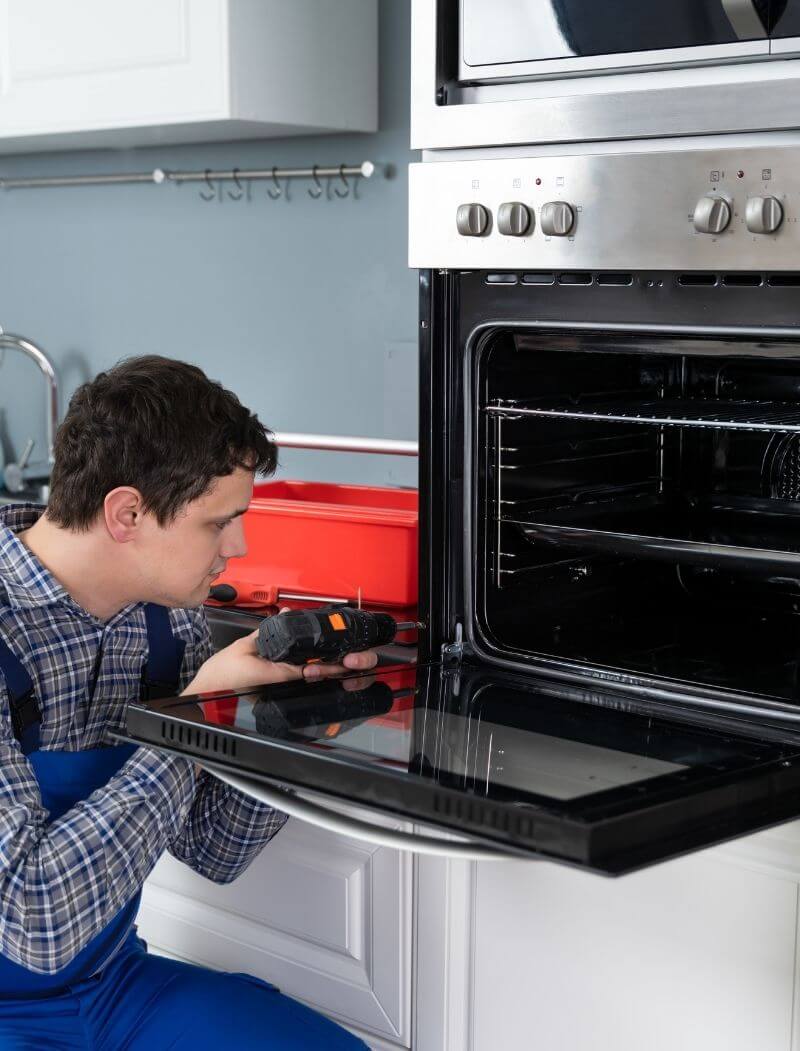How to Know If Your Oven’s Heating Element Is Broken
Every home cook cannot deny the practical use of their kitchen range. This appliance allows you to cook a variety of dishes and bake goods or desserts for your family. From cooking to roasting up to baking, it has to be in top shape and working condition. Over time, though, it can be subject to wear and tear, compromising your kitchen condition. When this happens, you might think of replacing your oven with a new one.
Hold your horses! Before doing so, have your oven checked first as the problem may have to do with the heating element—the baking coil attached to your oven’s back wall and located near the bottom. You can uninstall this element and plug a new one, instead of replacing the entire range.
Here are five signs your oven’s heating element is broken and that you need to get oven repair in Melbourne.
1. Visible damages
The most apparent signs the heating element is broken are visible damages. Take time to check your oven and remove the heating element to inspect it thoroughly. While you’re at it, be on the lookout for burns, blistering, or cracks. If you notice one or some of these signs, it’s time to have it replaced.
2. Dirty oven
With constant use and abuse, your kitchen range becomes dirty over time. It accumulates too much dirt and grime. This build-up becomes too thick and deeply embedded, such that it compromises your heating element and the overall function of your oven. The chances are that the heating element is already broken and needs to be replaced.
3. No longer bright orange
It’s important to know that your oven’s heating element is supposed to be bright orange when sufficiently heated. This colour indicates that your oven is functioning as usual. That said, try to set your oven to 350 degrees and check the heating element’s colour after ten minutes. If it’s no longer orange, then it’s probably burned out and needs to be replaced.
4. Uncooked or half-cooked food
There’s nothing more frustrating and inconvenient than using your oven, and yet the food ends up either partially uncooked or uncooked at all. That indicates that the heating element is no longer working and needs to be replaced. Try to test the oven’s temperature settings and make some necessary changes. If it still doesn’t work, you need to have the heating element replaced.
5. An increase in the electrical bill
If your oven’s heating element is either over or underheating, it has severe repercussions on your monthly electrical consumption. The chances are that your oven is trying to work hard to function. If you have a sudden increase in your electric bill, check the heating element, and see if it needs to be replaced.
Conclusion
If you think your oven’s heating element is broken, look for signs outlined above—dirty appliance, visible damages, an element that’s no longer bright orange, uncooked or half-cooked food, and an increase in the electrical bill. All these indicate that it’s time to have your oven’s heating element replaced.
Are you looking for an oven repair in Melbourne? We offer a wide range of appliance repair services—from a washing machine to dishwasher down rangehood repair in Melbourne. Get in touch with us today!


0 Comments